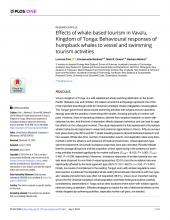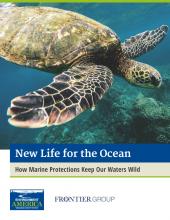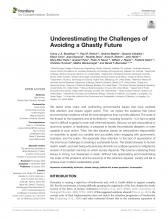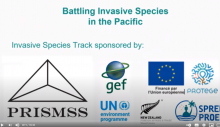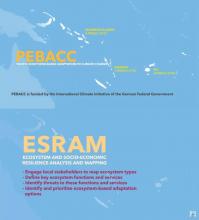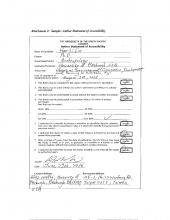Marine Spatial Planning - The Oceans 7 Process in Tonga

Island and Ocean Ecosystems
Available Online
The Tongan Government recognized the important of spatial management, including of its ocean, since 2012, with the launch of their National Spatial Planning Act. In 2015, for the first time in Tongan history, three Ministries submitted a joint paper to Cabinet to initiate marine spatial planning for the nation (Ministries of Meteorology, Energy, Information, Disaster Management, Environment, Climate Change & Communications (MEIDECC); Lands and Natural Resources (MLNR); and Agriculture, Food, Forests and Fisheries (MAFFF)). Through this paper, on 22 July 2015 Cabinet decided that cross-sectoral planning and coordination for integrated ocean management was needed. Thus, the Oceans 7 was established (Tonga’s marine spatial planning technical working group). The Oceans 7 is co-chaired by the three Ministries that prepared the original cabinet paper and also includes four other Ministries (thus comprising the Oceans “7”).
